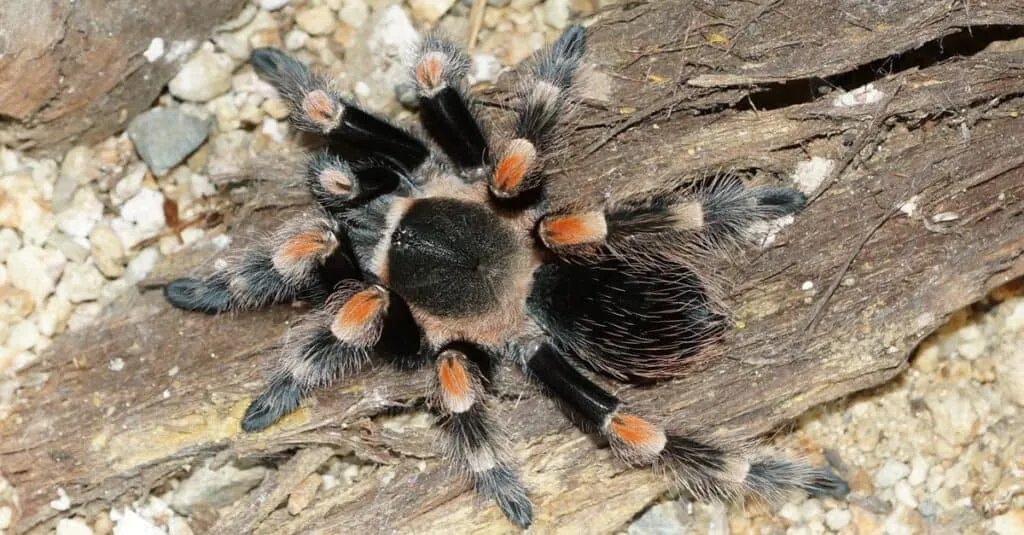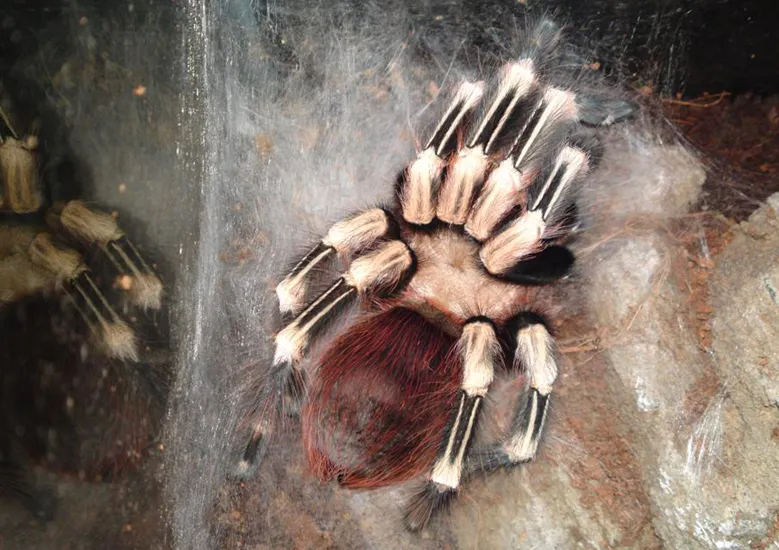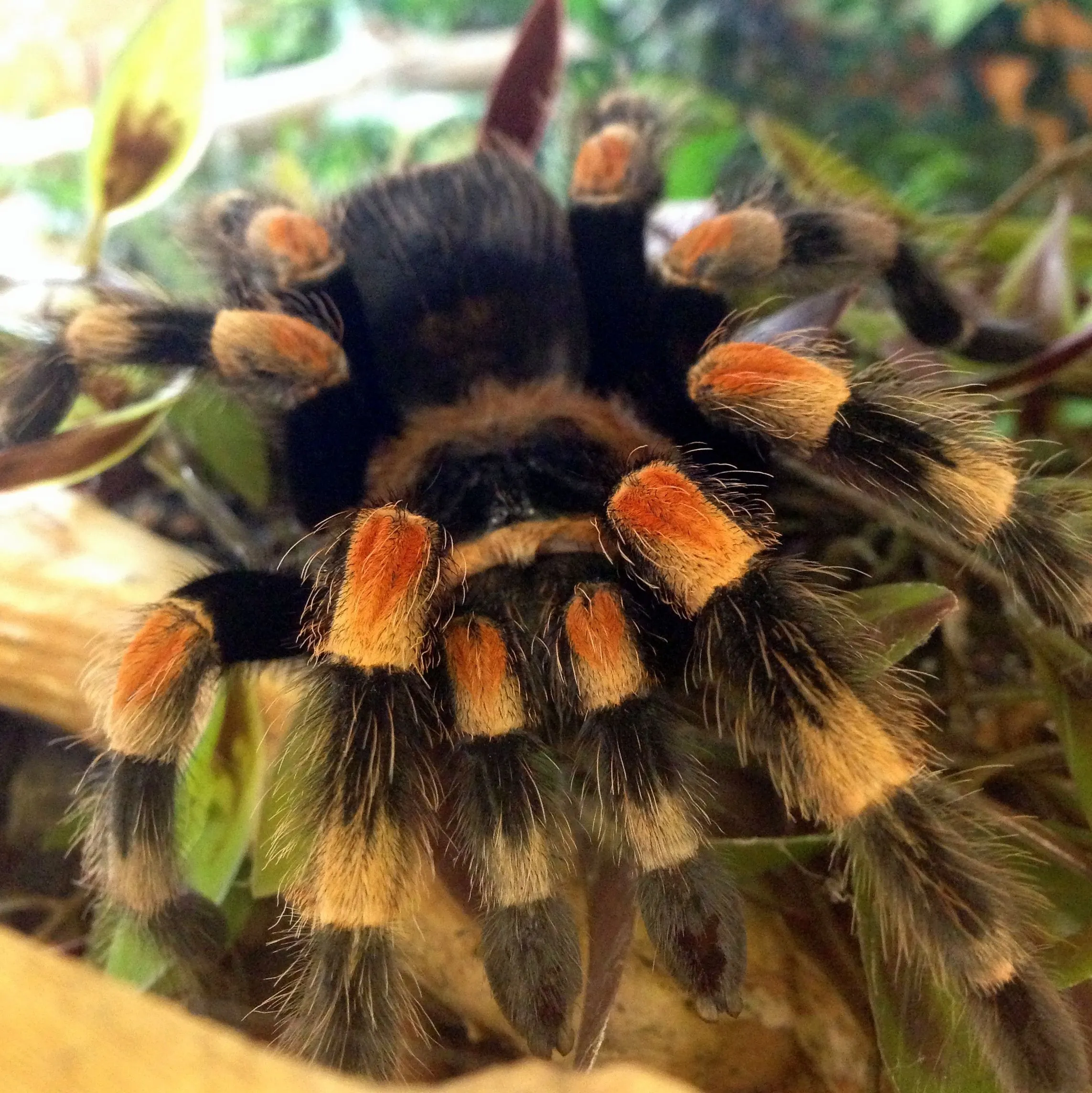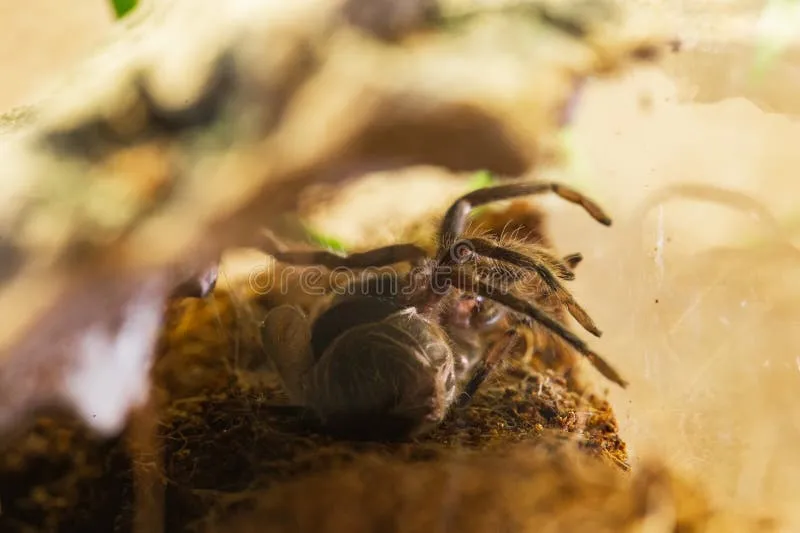What Is Molting Red Knee Tarantulas
Molting is a fundamental biological process for all tarantulas, including the beloved Red Knee Tarantula (Brachypelma hamorii). It’s essentially how these fascinating creatures grow and shed their exoskeletons. This exoskeleton, or outer shell, doesn’t grow, so as the tarantula increases in size, it must shed the old one to reveal a new, larger one underneath. The molting process is crucial for their survival, allowing them to replace damaged limbs, regenerate lost setae (the tiny hairs that cover their bodies), and overall maintain their health. It’s a vulnerable time for the tarantula, and understanding this process is vital for responsible pet ownership. It’s also a truly amazing spectacle of nature to witness, and it is something to be admired and cherished.
The Molting Process in Red Knee Tarantulas
The molting process itself is quite intricate. It typically begins with the tarantula becoming lethargic and refusing to eat, often for several weeks or even months before the actual molt. The tarantula will then create a silk mat, often on its back, to lie on during the process. Then, the tarantula will begin to separate its old exoskeleton from its new one. The process can take anywhere from a few hours to a full day, depending on the size and age of the tarantula. The tarantula will lie on its back, wriggling and pushing, to emerge from the old exoskeleton. The new exoskeleton is soft and vulnerable at first. The tarantula will remain in this vulnerable state until the new exoskeleton hardens. This entire process is a delicate ballet of biological functions and it is fascinating to watch.
Preparing Your Red Knee Tarantula for Molting

As a responsible owner, there are several things you can do to support your Red Knee Tarantula before it molts. First, ensure that its enclosure is set up properly. This includes providing a suitable substrate, like coconut fiber or peat moss, that allows the tarantula to burrow and create a comfortable molting area. Maintain the correct temperature and humidity levels appropriate for the species. You should also remove any potential hazards, such as sharp objects or heavy decorations, that could harm the tarantula during the molt. A well-prepared environment will decrease the risk of complications and give your tarantula the best possible chance for a successful molt. Providing a shallow water dish is also a good idea, but make sure it’s not too deep, so that your tarantula does not risk drowning itself in the water.
Signs Your Red Knee Tarantula Is About to Molt
Recognizing the signs that your Red Knee Tarantula is about to molt is crucial. The most common sign is a loss of appetite. The tarantula may refuse food for several weeks, or even months, before the molt. Its abdomen may appear darker and plumper as it prepares to shed. You might also notice a change in its behavior; it may become more reclusive, spending more time in its burrow or hiding spot. The tarantula might also start to create a silk mat on which it will lie during the molting process. In some cases, you may also see a color change, with the tarantula’s exoskeleton appearing duller or more matte. These signs are all indicators that your tarantula is preparing for a molt, and you should adjust your care accordingly.
Creating the Ideal Molting Environment for Red Knee Tarantulas
A proper environment is crucial for a successful molt. Maintain the correct temperature and humidity levels, which are essential for the tarantula’s overall well-being. The ideal temperature for Red Knee Tarantulas is typically between 75-85°F (24-29°C), and the humidity should be around 60-70%. Make sure that you provide a substrate that is several inches deep, this allows the tarantula to burrow and maintain proper humidity levels. The substrate should be moist, but not wet. Ensure that the enclosure is free from anything that could harm the tarantula during the molt, such as sharp objects or heavy decorations. A calm and undisturbed environment will also help to reduce stress. Providing a shallow water dish is also essential, and ensure it is always filled with fresh water. By taking these steps, you can create an ideal environment that promotes a healthy molt for your Red Knee Tarantula.
Do Not Disturb Your Molting Tarantula

During the molting process, it’s vital not to disturb your Red Knee Tarantula. Avoid handling or touching the tarantula, and refrain from making any sudden noises or movements that could frighten it. The molting process is very delicate, and any disturbance could potentially harm the tarantula or disrupt the molt. It is important to leave the tarantula alone and allow it to complete the process at its own pace. Do not attempt to assist the tarantula, as this could cause serious damage. Provide a quiet, stress-free environment and simply observe from a distance. Patience is the key. Once the molting process is complete, wait for the tarantula’s new exoskeleton to harden before resuming normal care. This period of rest and non-interaction is key for the tarantula’s health and well-being.
What to Do After Your Red Knee Tarantula Molts
After your Red Knee Tarantula has molted, there are several steps you should take. First, do not disturb the tarantula immediately. The new exoskeleton is soft and vulnerable, and the tarantula needs time to harden it. Wait at least a week, and sometimes even longer, before resuming normal care. Do not offer food during this time, as the tarantula will not be able to eat properly until its fangs have hardened. Ensure that the enclosure conditions remain optimal, with the correct temperature and humidity levels. Once the exoskeleton has hardened, you can resume feeding the tarantula. When you resume feeding, start with smaller meals to avoid overfeeding the tarantula. Monitor the tarantula for any signs of injury or illness after the molt.
Feeding Your Newly Molted Red Knee Tarantula
Feeding your Red Knee Tarantula after it has molted is a critical step. Do not offer food immediately after the molt. The tarantula’s fangs will be soft, making it difficult for it to catch and consume prey. Wait for the exoskeleton to harden, which usually takes about a week or two, but it can vary depending on the size and age of the tarantula. Begin with smaller, more manageable prey items, such as small crickets or mealworms. Avoid offering food that is too large, as this could overwhelm the tarantula. Offer food at regular intervals, but do not overfeed. Overfeeding can lead to health problems. Always monitor the tarantula after feeding to ensure it is eating properly. Observe and make sure that the tarantula has a renewed appetite and is back to its normal eating habits.
Common Molting Problems and Solutions

While molting is a natural process, there can be complications. One common problem is a stuck molt, where the tarantula has difficulty shedding its old exoskeleton. This can be caused by low humidity, dehydration, or health issues. If you notice your tarantula struggling, you can try increasing the humidity in the enclosure. If the tarantula is dehydrated, offer a shallow dish of water. Another issue is limb loss during molting. If this happens, the tarantula should regenerate the limb in the next molt, but you need to make sure the environment is suitable for the tarantula. In some cases, tarantulas may also experience injuries or damage to their new exoskeleton. It is important to monitor the tarantula closely and consult with a veterinarian or experienced tarantula keeper if you have any concerns or if problems persist. Early intervention can often prevent serious issues.
Tips for a Successful Red Knee Tarantula Molt
To increase the chances of a successful molt, there are a few key tips to follow. Maintain the correct temperature and humidity levels in the enclosure. Provide a substrate that allows the tarantula to burrow and create a comfortable molting area. Remove any potential hazards from the enclosure. Do not disturb the tarantula during the molting process. Be patient, and allow the tarantula to complete the molt at its own pace. After the molt, wait for the exoskeleton to harden before resuming normal care. Provide smaller meals initially to help the tarantula get used to its new size. By following these tips, you can greatly improve the likelihood of your Red Knee Tarantula having a healthy and successful molt. Always be observant of your tarantula, and do not hesitate to seek professional advice if you have any concerns.
